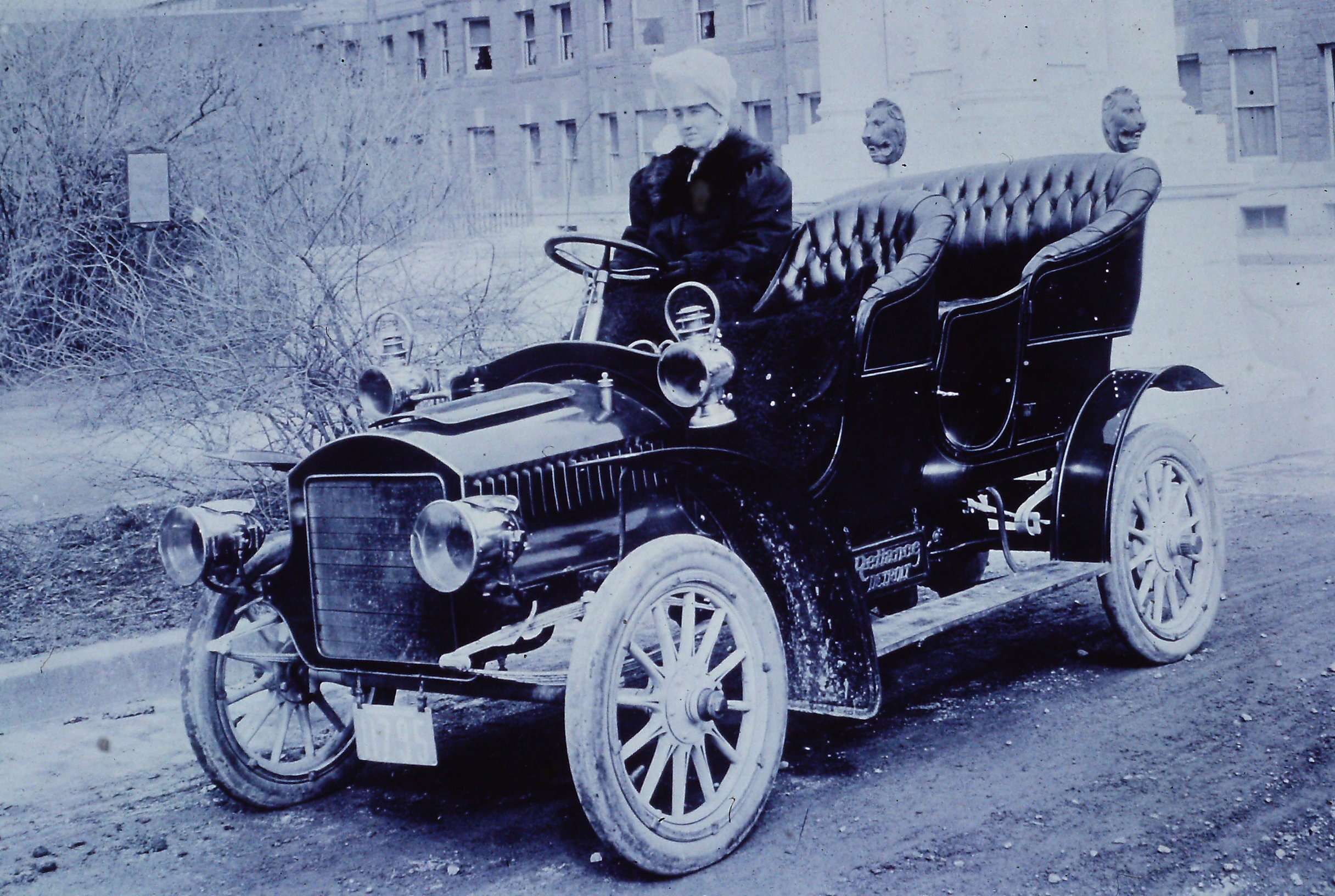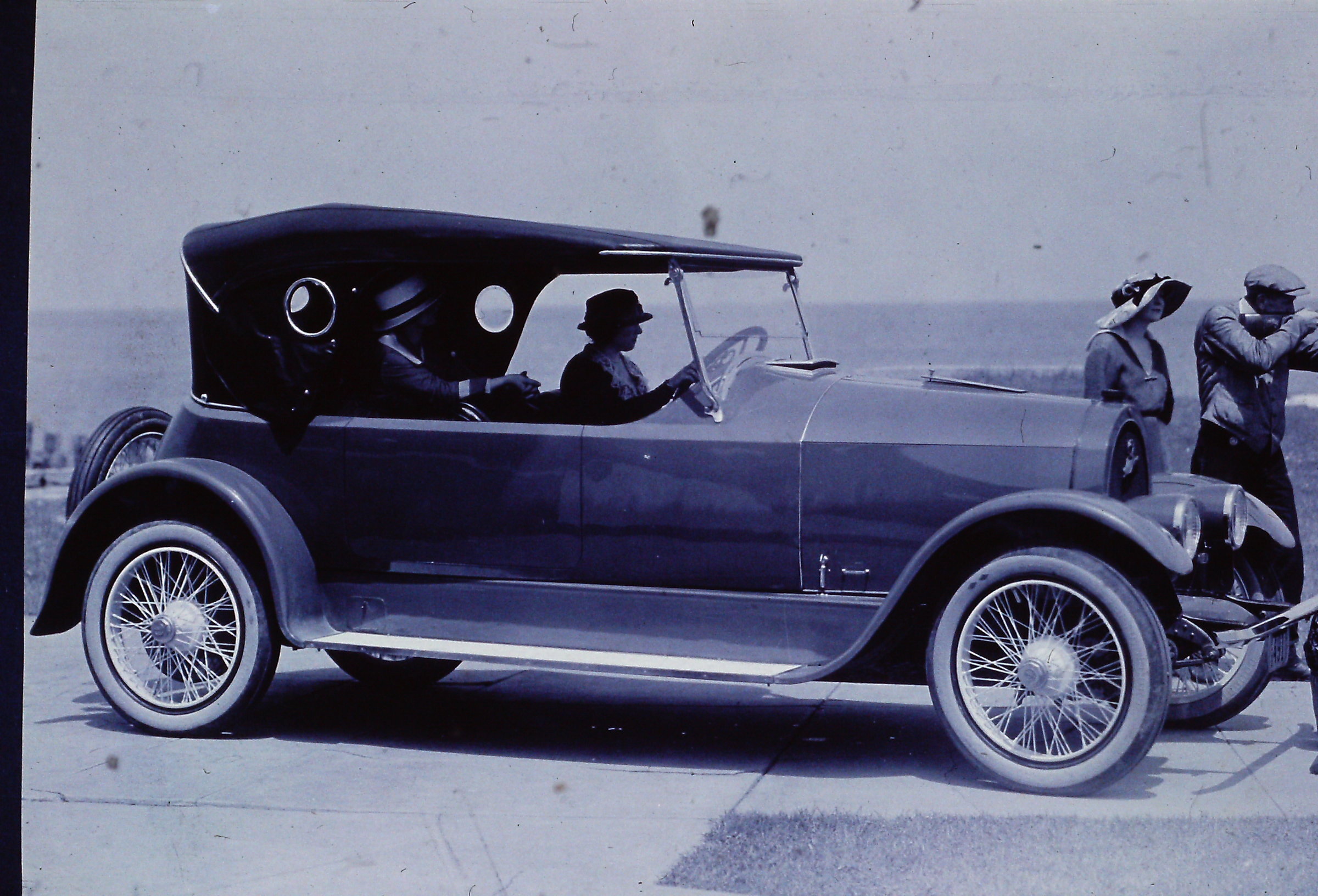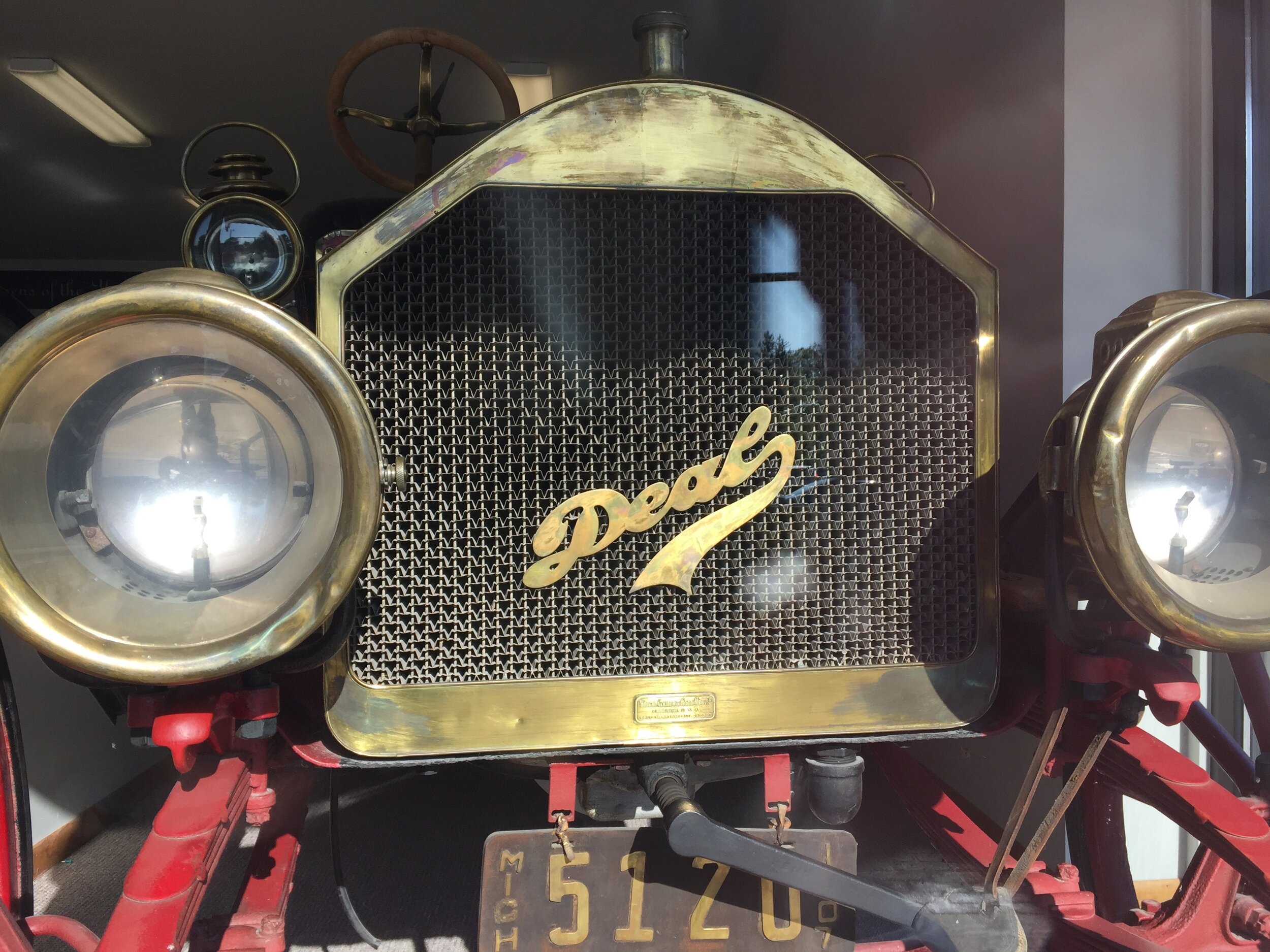The McFarlan Wagon Manufacturing Company of Connersville, Indiana was established in 1856. As with Deal, the company prospered, expanded, and by the late 19th century was a leading manufacturing of horse drawn transportation. But unlike Deal, McFarlan successfully made the transition from wagon manufacturer to the manufacturer of luxurious automobiles that became an industry standard.
A key to the company’s transition was the vision displayed by the owners in 1886 when they established a modern industrial park. The McFarlan park provided immediate access to the railroad and cheap energy as McFarlan also owned a natural gas company. By leasing property to manufacturers and suppliers of carriage and buggy equipment, and furniture companies, McFarlan was able to lower their production costs. In the early 20th century the park would be dominated by the manufacturers of automotive components, and this too would work in McFarlan’s favor.
In June 1909, there was a simple, short announcement in a trade journal, “The McFarlan Carriage Company of Connersville, Indiana has announced that they will soon begin manufacturing a motor buggy.” The company was embracing the future but with the crippling mindset of the 19th century. Just as Henry Ford was on the cusp on launching mass production to lower the cost of each vehicle, the McFarlan business model centered on manufacturing two hundred vehicles per year for the “discriminating buyer.” As a result, the company began pricing themselves out of the market almost from the beginning. The first models had a factory list price of $US2000 (a Ford was $850) but by 1918 prices were surpassing $5000.
The first McFarlan’s rolled from the factory in late 1909 and were immediately track tested at the new Indianapolis Motor Speedway. In the first race, they claimed third and fifth place, and in the second race, fourth and fifth. Surprisingly, even though the car continued to earn recognition through racing, the decision was made to focus exclusively on the production of luxury cars, and in 1913 wagon manufacturing was abandoned.
During the teens the three “P” s – Packard, Pierce Arrow and Peerless – dominated the luxury car market, but McFarlan was in a league all its own. Before the company closed its doors in 1928, the company had established a reputation for the limited production of huge luxury cars with ostentatious body work that appealed to movie star, gangsters, and oil men. The list of owners included boxer Jack Dempsey and Virginia governor E. Lee Trinkle. Al Capone bought a McFarlan for his wife, Mae, in 1924 and bought a second one in 1926 for his use.
As an example of the companies over the top luxury appointments, in 1922 a special model was built for display at the Chicago Automobile Show. Standard models made extensive use of nickel plating. On the display car this was replaced with 24 carat gold! It was purchased by a wealthy Oklahoma oil tycoon as a gift for his wife for the princely sum of $25,000.
Initially the company used engines produced by a variety of companies including Buda, Continental, and Brownell. For the line of commercial cars developed in 1920, the company would continue its association with Continental but in the cars built for the discriminating buyer the engines were produced by McFarlan. This included the monstrous 573-c.i.d Twin Valve Six with triple ignition and three sparkplugs per cylinder that was rated at 120-horsepower. Quirky options, often trouble prone, were also a part of the cars appeal. These included vacuum assist starting, heated steering wheel, and front and rear heating, and self-lubricating chassis.





















